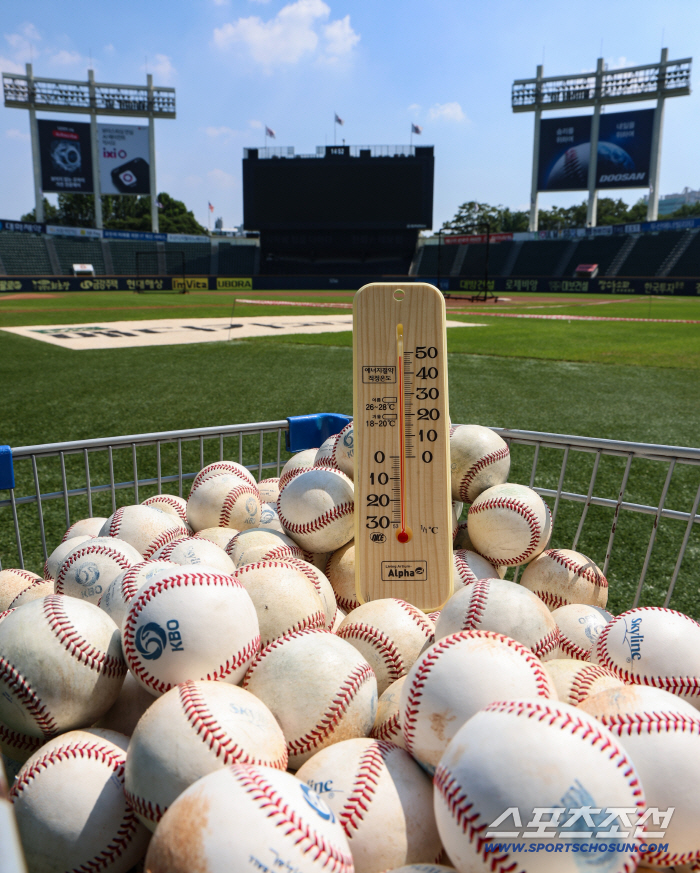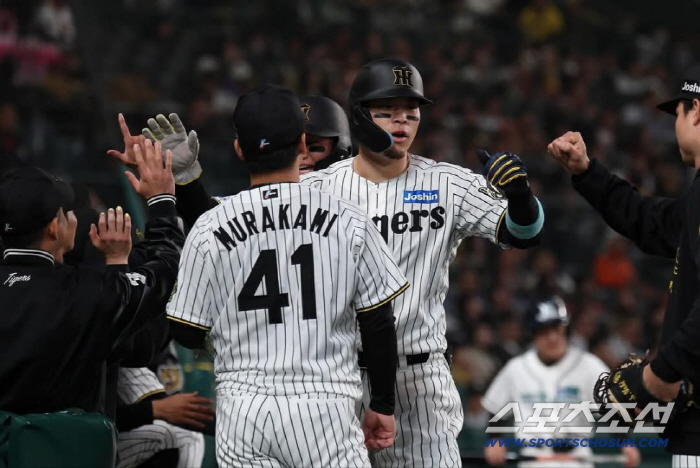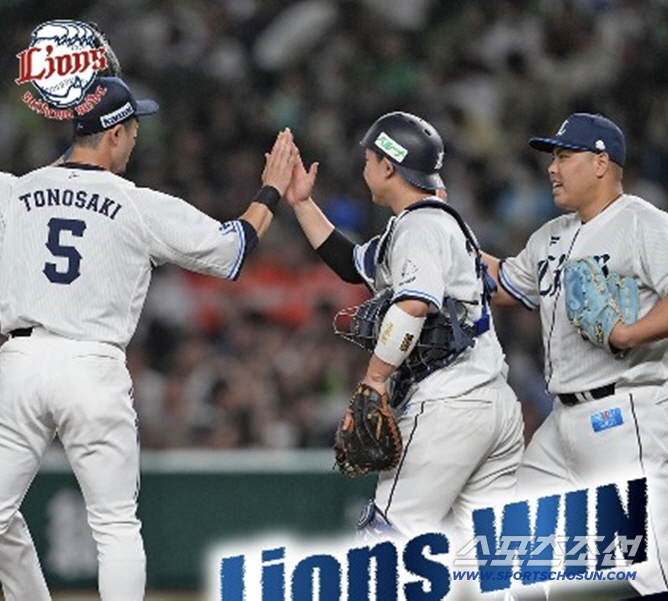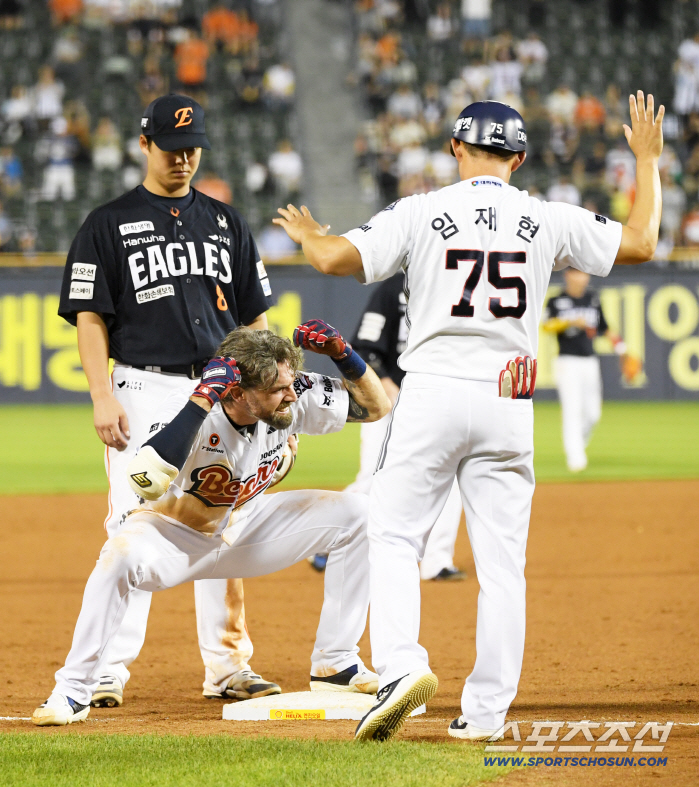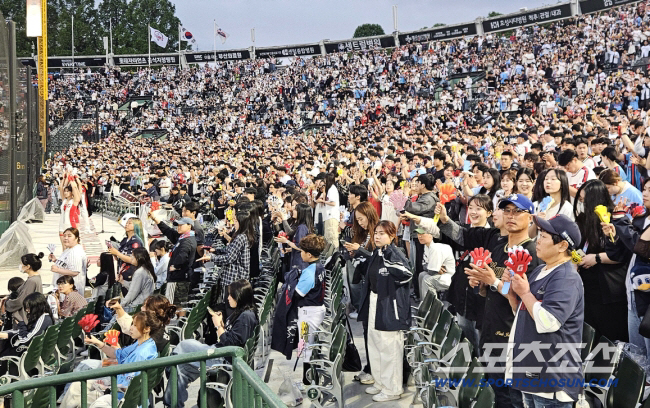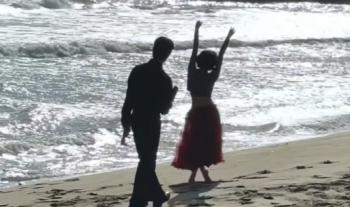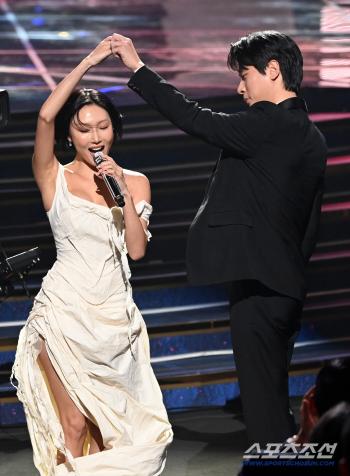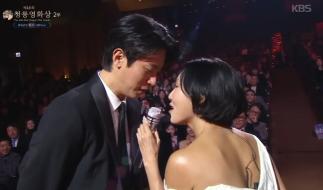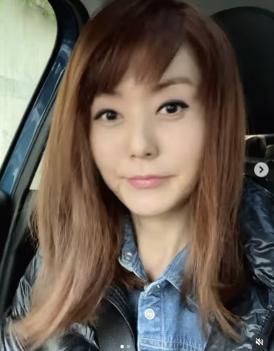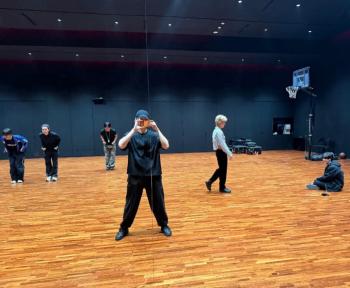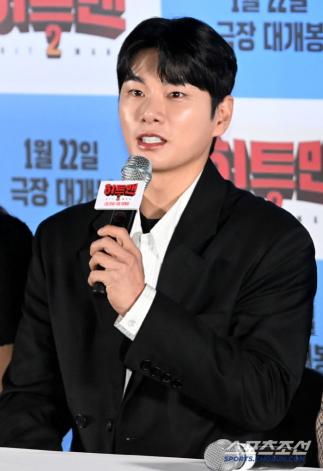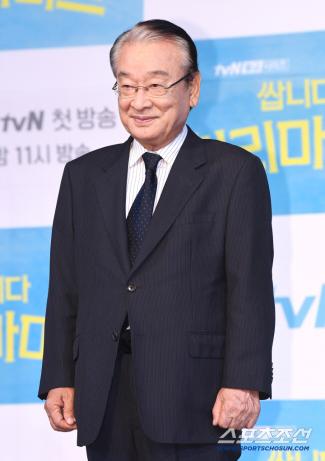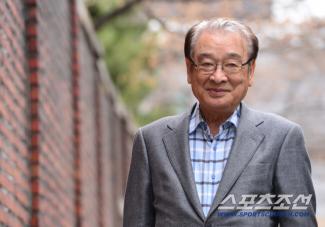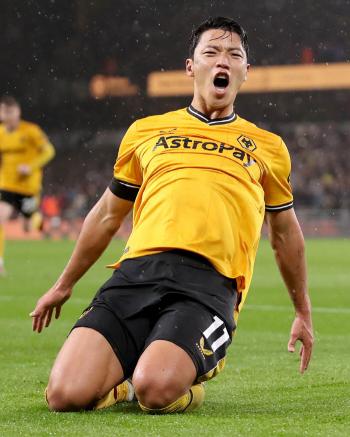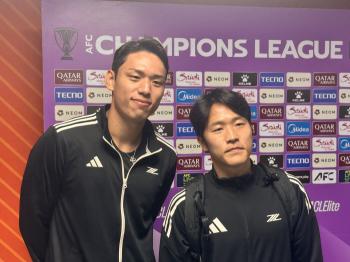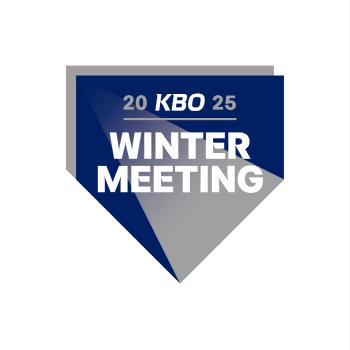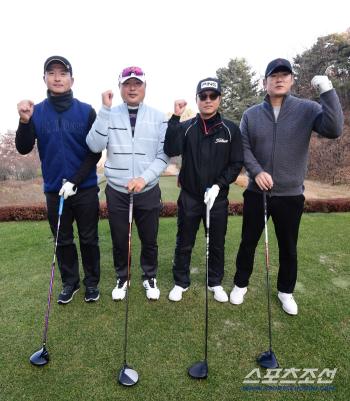The average number of spectators last in Seibu (23,433) is higher than Samsung (22,806) who ranks first in the KBO League, and Hanshin 41,904 performers and top box office (Min Chang-ki's Japanese baseball)
Jul 25, 2025
|
|
|
The KBO League, which surpassed 10 million spectators last year, continues to set new records. On the 24th, 84,87 people entered five stadiums nationwide, recording at least 8 million spectators. It attracted a total of 802,733 players in 465 games through Monday. It reached 8 million in 549 games last year, but it was achieved this year with 80 fewer games. On the 24th, the stands at Daegu Lions Park, where the Hanwha Eagles-Doosan Bears match took place, and Jamsil Baseball Stadium in Seoul and SSG Landers-Samsung Lions match, were full. Of the 465 games this year, 221 were sold out. The seat occupancy rate is 83.6%. Now selling out weekend games has become a daily routine.
An average of 17,266 people entered per game, up 17% from last year (14,529). Samsung ranks first with 22,806. Four teams, including the LG Twins (21,453), Lotte Giants (27,82), and Doosan (21,513), exceeded 20,000.
The Japanese Baseball Organization (NPB) announced the spectators and the game time in the first half of the year on the 25th. In the first half of the 21st, both Central and Pacific League had more visitors than last year. A total of 16,375,222 people visited the stadium in 536 games in the first half and recorded an average of "11,132 people". Central League increased 1.4% to 34,180; Pacific Rim
|
Again this year, Hanshin ranks first in the number of spectators. It mobilized 1,843,775 players in 44 games. It was the only game that exceeded 40,000 with an average of 41,904 people per game. Both the performance and the box office are the best. Hanshin finished the first half with 53 wins, 2 draws and 35 losses and a winning rate of 0.602. He led the way by 9.5 games over the second-place Yokohama BayStars. Until the middle of the first half, he competed with Yokohama and the Yomiuri Giants for first place, but changed to a solo structure.
It follows Yomiuri with an average of 39,469 and Softbank Hawks with 37,284 to rank second to third. Six of the 12 teams, including the Chunichi Dragons (34,338), Yokohama (33,156), and the Nippon Ham Fighters (33,389), averaged more than 30,000.
The Seibu Lions are last in the average crowd with 「23,433」, up 14.1% from last year. The last place in the Japanese professional baseball league surpasses Samsung (22,806) who ranks first in the KBO League.
Seibu fell to the bottom of the Pacific League last year. At the end of May ahead of the interleague, manager Kazuo Matsui was dismissed and tried to rebound, but it ended in a disastrous failure. Legend with a career '182 wins'
|
The average game time has increased slightly. As of the ninth inning, the Central League recorded 3 hours and 3 minutes and the Pacific League recorded 3 hours and 1 minute. It increased by 3 minutes and 1 minute, respectively, from last year.
This article was translated by Naver AI translator.
